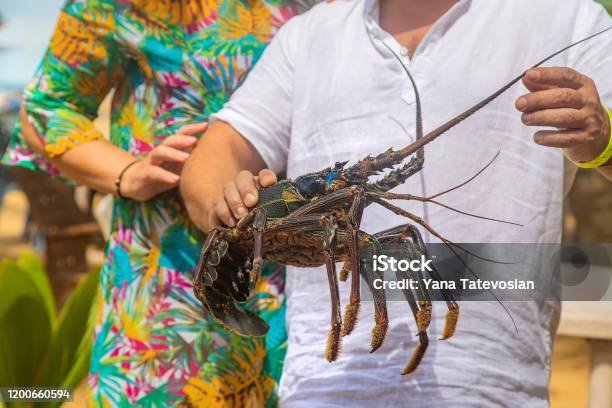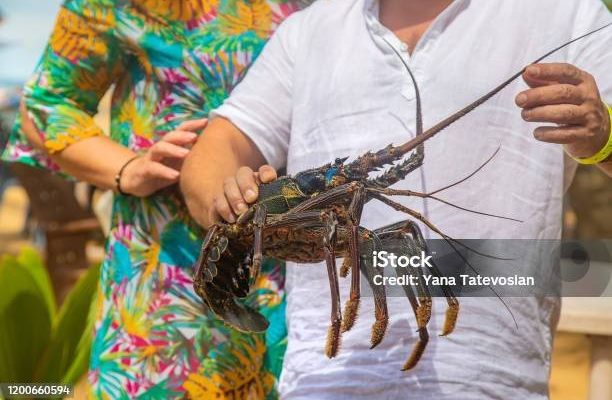
Lobsters are fascinating creatures that play a crucial role in their ecosystem. They have unique behaviors and habits, and while they might seem a bit intimidating with those claws and hard shells, there’s a lot more beneath the surface. In this article, we’ll dive into how we can engage with lobsters safely, whether you’re a curious beachgoer or someone considering lobster diving as a hobby.
Understanding Lobster Behavior
To interact safely with lobsters, it helps to first understand a bit about their behavior. Lobsters are primarily solitary creatures, often preferring to keep to themselves in rocky crevices. They’re more active at night, scavenging for food like fish, mollusks, and other small marine animals. This means if you’re planning to observe them, nighttime might be your best bet.
You might be wondering how to approach them without startling them. The best practice is to move slowly and quietly. Quick movements can make lobsters feel threatened, causing them to retreat into their shells or hide away. Think of it like approaching a shy animal—patience is crucial.
Another key point is recognizing their defensive behavior. If they feel cornered or threatened, lobsters can use their claws as a means of defense. It’s interesting to note that while their claws can pinch, they usually won’t unless they feel provoked. This is where being respectful of their space comes into play.
Safe Physical Interaction with Lobsters
So, how do you physically interact with lobsters without putting yourself—or the lobster—in danger? If you’re at a seafood restaurant or a touch tank at an aquarium, the guidelines are a bit different compared to diving or snorkeling.
If you’re in a controlled environment, like a touch tank, it’s usually safe to gently touch a lobster on the back or around its shell. Always follow the guidelines set by the establishment. They often have rules in place to protect both you and the creatures. Remember, your enthusiasm shouldn’t turn into mishandling; it’s all about treating the lobster gently and with respect.
For those venturing into the ocean, keep in mind that catching lobsters requires proper gear and permits. When you do catch one, it’s essential to handle them carefully. Use gloves to protect your hands from potential pinches and avoid holding them by the claws. Instead, grasp them gently by their carapace, which is the hard shell covering their back.
Environmental Considerations
Interacting with lobsters isn’t just about personal safety—it’s also about ensuring we protect their environment. Lobsters play a vital role in maintaining a balanced ecosystem, so our interactions should be mindful of their habitats.
By participating in responsible diving or snorkeling, you help maintain the natural habitats that support lobster populations. This means avoiding damaged coral reefs and being cautious around seabeds to prevent unintentional harm to their living areas. You might even consider supporting local conservation efforts that work to preserve marine environments.
In addition, abide by fishing regulations. These rules are often set to protect young lobsters and breeding populations. If you’re catching lobsters, make sure they’re of legal size and keep track of limits. It’s essential to be a responsible steward of the ocean.
Common Safety Tips for Lobster Interaction
Whenever you’re in the presence of lobsters, whether at a restaurant or out in the ocean, keeping safety in mind is essential. Here are some quick tips to follow:
- Move Slowly: Quick movements can scare lobsters.
- Respect Their Space: Don’t crowd them. Give them room to roam.
- Wear Gloves: Always wear gloves when handling lobsters to avoid pinches.
- Use the Right Gear: If you’re diving, ensure you have the correct equipment.
- Follow Local Regulations: Always check local fishing regulations to ensure you’re compliant.
By following these tips, you can have a much safer and more enjoyable experience while interacting with these incredible marine creatures.
How to Observe Lobsters in the Wild
If you’re keen on witnessing lobsters in their natural environment, snorkeling or diving can be thrilling. Before heading out, make sure to choose a location known for having a healthy lobster population. Research coastal areas or dive spots that are often recommended for lobster observing.
Once you’re in the water, look for rocky areas or underwater structures where lobsters might hide. Remember to stay calm and quiet, as loud noises can scare them away. If you’re fortunate, you might spot them peeking out from behind rocks or scuttling across the seabed. Just remember to keep your distance—using a camera to capture the moment is a great way to enjoy the experience without intruding.
It’s also worth noting that some places have designated lobster viewing tours. These can be a great option if you’re new to diving or snorkeling, allowing you to learn from experienced guides who can share insightful information about lobster ecology and behavior.
Interacting with lobsters can be a rewarding experience, whether you’re observing them in their natural habitats or enjoying them in a culinary setting. With a little knowledge and respect for these remarkable creatures, you can have a safe encounter without disrupting their lives.
Understanding lobster behavior, maintaining safe practices during interaction, and being mindful of environmental impacts are key to enjoying these crustaceans responsibly. So, whether you’re planning a day at the beach or a night out for seafood, keep these tips in mind. Happy lobster spotting!

